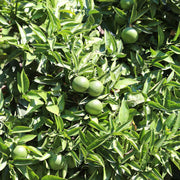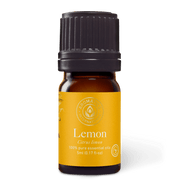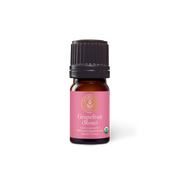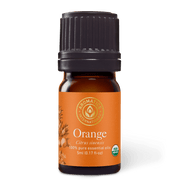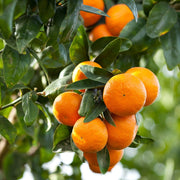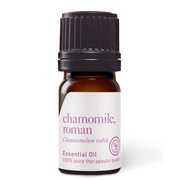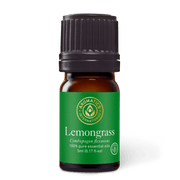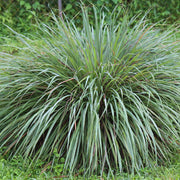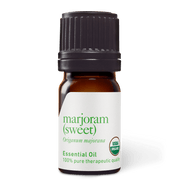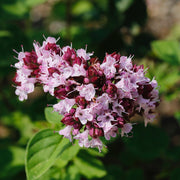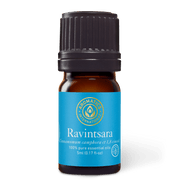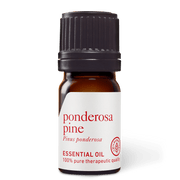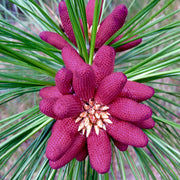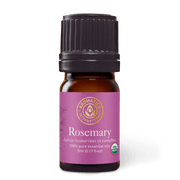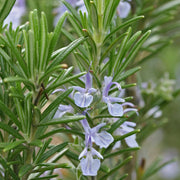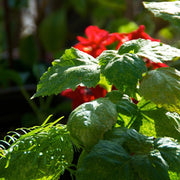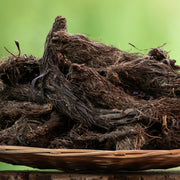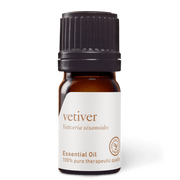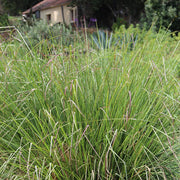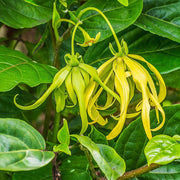While there are many reasons to blend essential oils, creating your own lovely aroma is definitely an important one!
Getting started
It’s important to realize that your sense of smell is an incredibly personal and subjective thing. You probably already have a good sense of smells you enjoy as well as the ones you don’t, so it can help to start using essential oils you know you like from the start.
Keep a notebook and pen nearby, and take notes of exactly what you are blending, including the essential oils you used, the number of drops of each, and how you feel about the results. That way you’ll have a handy reference to help you re-create what worked well and avoid the essential oil combinations you don’t enjoy in the future.
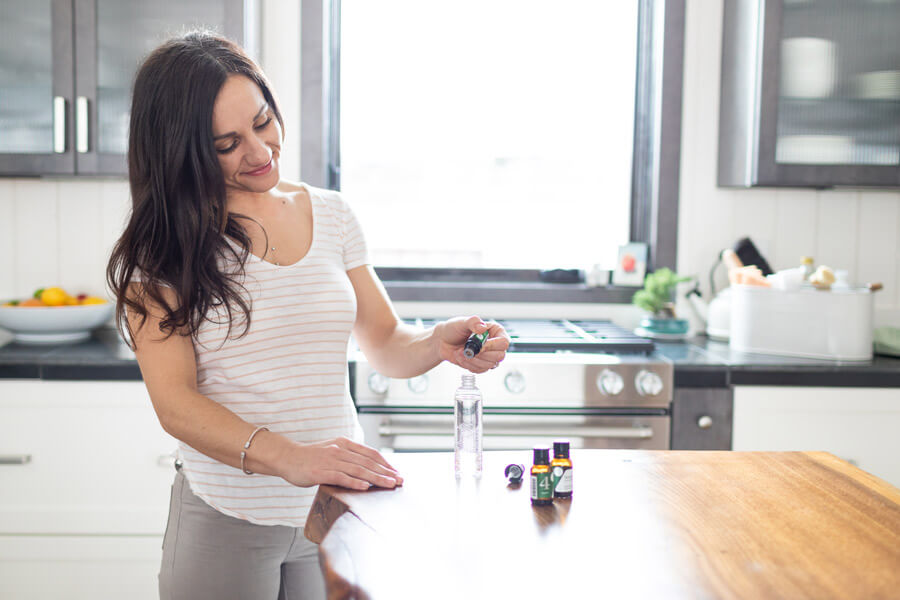
Know your notes
In aromatherapy and perfumery, scents are grouped into categories called notes based on similar characteristics. Blends that include a top, middle, and base note tend to feel more balanced and complete.
Top note
The top note is the first smell to arise from a blend. It will also evaporate the quickest. Top note fragrances are usually light, fresh, sharp, penetrating, and airy. Often these will be citrus oils. They add brightness to a blend.
You can think of the aroma of top note oils as a wind chime or a flute.
Top notes stimulate and clear your mind, uplifting your energy.
Essential oils that make good top notes in blends:
Middle note
Called the “heart” note, middle note oils give the blend aromatic softness, fullness, and can round off any sharp edges.
Middle notes can have both top and base note aromas within them. They are harmonizing for your essential oil blends.
Middle notes provide balance both physically and energetically. They are soothing and harmonizing for both mind and body.
Essential oils that make good middle notes in blends:
- Chamomile German Oil
- Chamomile Roman Oil
- Geranium Oil
- Helichrysum Italicum Oil
- Lavender Oil
- Lemongrass Oil
- Marjoram (Sweet) Oil
- Ponderosa Pine Oil
- Ravintsara Oil
- Rosemary ct Camphor Oil
- Rosewood Oil
Base note
Base note essential oils provide a deep, warm, grounded quality to your blend. They function as fixatives by reducing the evaporation of the top notes.
Base notes add intensity to a blend and often have an earthy aroma. The aroma rises slowly to your nose unlike top notes, which penetrate quickly.
Base notes are used to relieve stress, anxiety, and insomnia. They are calming and grounding.
Most base note essential oils are derived from woods, resins, or roots.
Essential oils that make good base notes in blends:
Combining notes
When blending essential oils, add one drop at a time to your blend, then mix and smell. Allow the essential oil blend to unfold slowly and inform you about what essential oils to add and how much. You often need much less essential oil than you might imagine.
While oils like lavender oil tend to play really nicely, some of the more concentrated and potent essential oils, like peppermint oil or tea tree oil, may be best left out of a blend for aroma as they can easily overpower the other essential oils.
Use caution with strong floral essential oils
Use strong floral essential oils such as Rose Absolute Oil, Jasmine Absolute Oil, Ylang Ylang (Complete) Oil, Geranium Oil and Neroli Oil in small quantities. They are powerful. Add only 1-3 drops of any strong floral essential oil to a blend, especially if you are blending with these essential oils for the first time.
Blending essential oils safely
Blending essential oils for perfume can be a fun and creative process, but it's important to do so safely to avoid any adverse reactions. Firstly, always use high-quality, pure essential oils and avoid synthetic fragrances. Next, ensure that you dilute the oils in a carrier oil to avoid skin irritation and allergic reaction. When blending essential oils, start with a small amount of each essential oil and test the fragrance on a small patch of skin before using it as a perfume as they can affect people differently. Remember to label your essential oil blend with the names and ratios of the essential oils used for future reference.
Additionally, certain essential oils are not safe for use during pregnancy or for individuals with certain health conditions, so it's always a good idea to research the safety of each essential oil before use. By taking these precautions, you can ensure you are blending safely and appropriately.
Get creative and have fun!
Blending essential oils to create your own unique aromas is an exciting and rewarding process. We hope you’ll discover scents you absolutely love.
As you experiment, you can check out some of our recipes to give you new ideas, particularly the diffuser or perfume blends created by Karen, our lead aromatherapist. Here are a few to check out that might help you get started.







